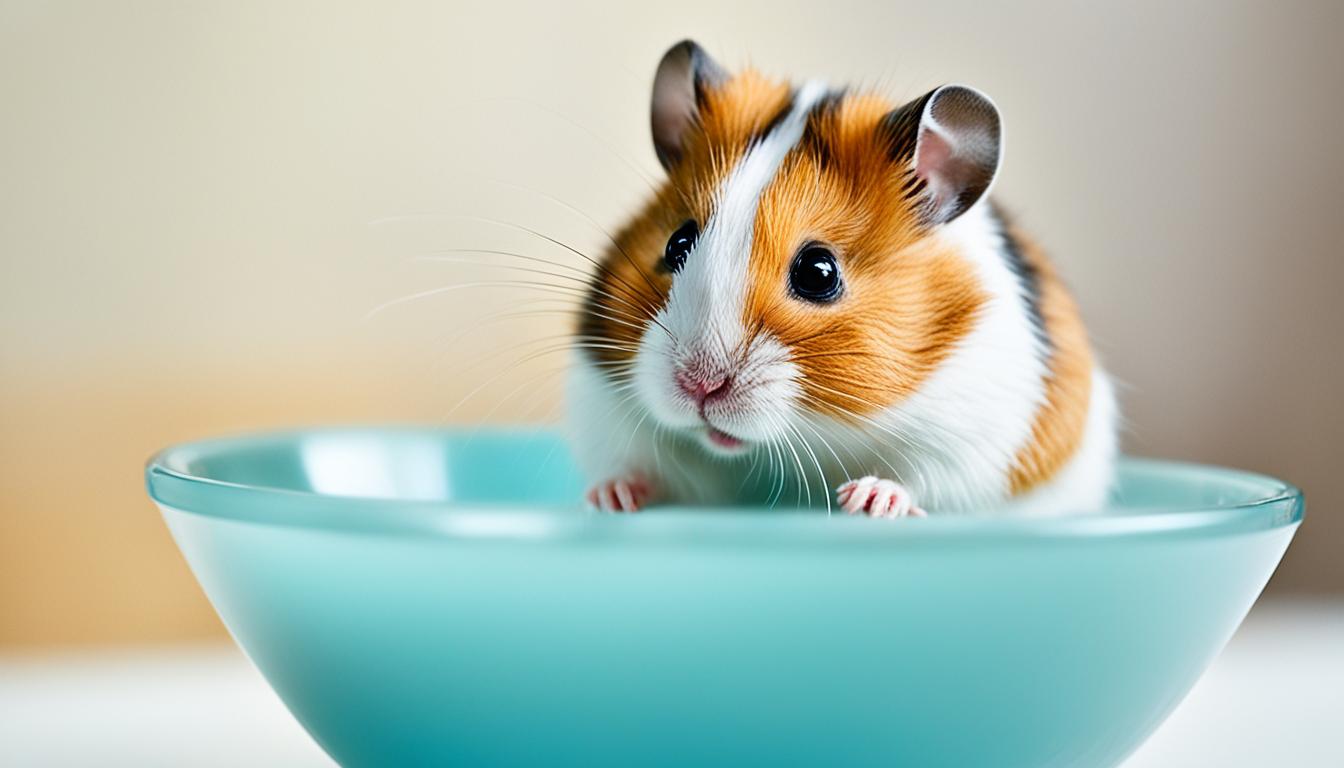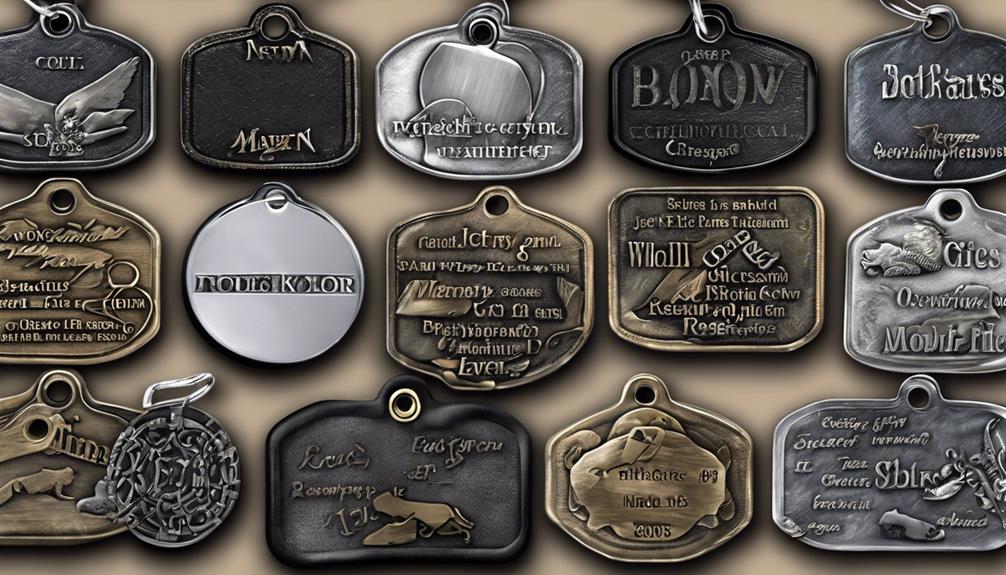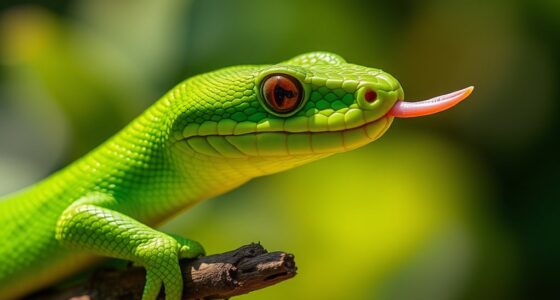Did you know that hamsters have a unique ability to store food in their large cheek pouches? These small animals have the capability to carry up to two-thirds of their body weight! However, when it comes to hydration, hamsters encounter a different dilemma: deciding between water bottles and bowls. Numerous hamster owners question whether it is safe for their pets to drink from bowls. Let’s examine the advantages and disadvantages of both choices to determine the best option.
Key Takeaways:
- Water bottles and bowls both have advantages and disadvantages for hamsters
- Water bottles prevent contamination but can malfunction and have an awkward drinking angle
- Water bowls offer a more natural drinking experience but can easily get dirty
- Choosing the right water bowl is important for your hamster’s safety and well-being
- Hamsters can safely drink out of bowls, but regular cleaning and water changes are necessary
Pros and Cons of Water Bottles
Water bottles are a popular choice for providing water to hamsters due to their convenience and cleanliness. However, they also come with their own set of pros and cons.
Advantages of Water Bottles
- Prevention of Contamination: Water bottles eliminate the risk of contamination from bedding or dirt, ensuring that the water remains clean and safe for your hamster to drink.
- No Tipping Over: Unlike water bowls, water bottles cannot be easily tipped over by curious hamsters, reducing the likelihood of water spills or wet bedding.
Disadvantages of Water Bottles
- Potential Malfunctions: Water bottles can sometimes malfunction, releasing water inappropriately or not at all. Regular checking is necessary to ensure that the bottle is functioning properly and providing water to your hamster.
- Frustrating Water Flow: The slow and obstructed water flow from a bottle can be frustrating for hamsters, making it difficult for them to drink comfortably and stay hydrated. They may need to spend more time attempting to access the water.
- Awkward Drinking Angle: Hamsters may have to adopt an uncomfortable drinking angle to access the water from the spout, which can be problematic for their neck and spine. Additionally, some hamsters may develop a habit of chewing on the spout, leading to potential injuries.
- Challenging Cleaning: Cleaning a water bottle can be a bit challenging due to its small opening. If not cleaned regularly, algae and bacteria can grow, posing a health risk to hamsters.
Here is a comparison table of the pros and cons of water bottles for hamsters:
| Pros | Cons |
|---|---|
| Prevents contamination | Potential malfunctions |
| No tipping over | Frustrating water flow |
| Awkward drinking angle and potential chewing of the spout | |
| Challenging cleaning and risk of algae/bacterial growth |
https://www.youtube.com/watch?v=2taWnWqmljc
Pros and Cons of Water Bowls
Water bowls provide several advantages and disadvantages when it comes to offering hamsters a source of hydration. Understanding the pros and cons of using water bowls can help hamster owners make an informed decision.
Pros of Water Bowls
When it comes to providing a more natural drinking experience, water bowls are a preferred choice for many hamsters. Unlike water bottles, which require hamsters to drink from a spout, water bowls allow them to sip water in a more comfortable position. The absence of a spout also eliminates the risk of hamsters chewing on it, preventing potential dental problems.
“Water bowls provide a more natural drinking experience for hamsters, allowing them to drink in a comfortable position without the need to manipulate a spout.”
Water bowls also offer the advantage of easier cleaning and refilling. Unlike water bottles, which can be challenging to clean due to their narrow spouts, water bowls can be quickly rinsed and refilled. This reduces the risk of algae and bacterial growth, promoting better hygiene for hamsters.
Cons of Water Bowls
Despite their advantages, water bowls also have some drawbacks. One of the main concerns is the potential for contamination from dirt and bedding. Hamsters can easily kick bedding into the water bowl, resulting in frequent water changes to maintain cleanliness.
Water bowls can also be tipped over if not made of a heavy material. Some hamsters may enjoy sitting or playing in their water bowl, creating a mess that requires regular cleaning. Additionally, prolonged exposure to water can strip natural oils from a hamster’s skin, potentially leading to dryness or skin issues.
Comparison of Water Bowls and Water Bottles
| Water Bowls | Water Bottles |
|---|---|
| Provide a natural drinking experience | Prevent contamination from bedding or dirt |
| Easier to clean and refill | Less risk of tipping over |
| Increased risk of contamination | Possible malfunction and water flow issues |
| Potential for hamsters to sit or play in water | Awkward drinking angle and spout chewing risk |
When choosing between water bowls and water bottles, hamster owners must weigh the pros and cons to determine which option is best suited for their pet’s needs. Some hamsters may prefer the natural drinking experience offered by water bowls, while others may adapt better to the convenience and cleanliness of water bottles.
It can be beneficial to offer both options initially to see which one your hamster prefers. Regardless of the chosen method, ensuring clean and fresh water is always readily available is crucial for keeping hamsters properly hydrated and healthy.
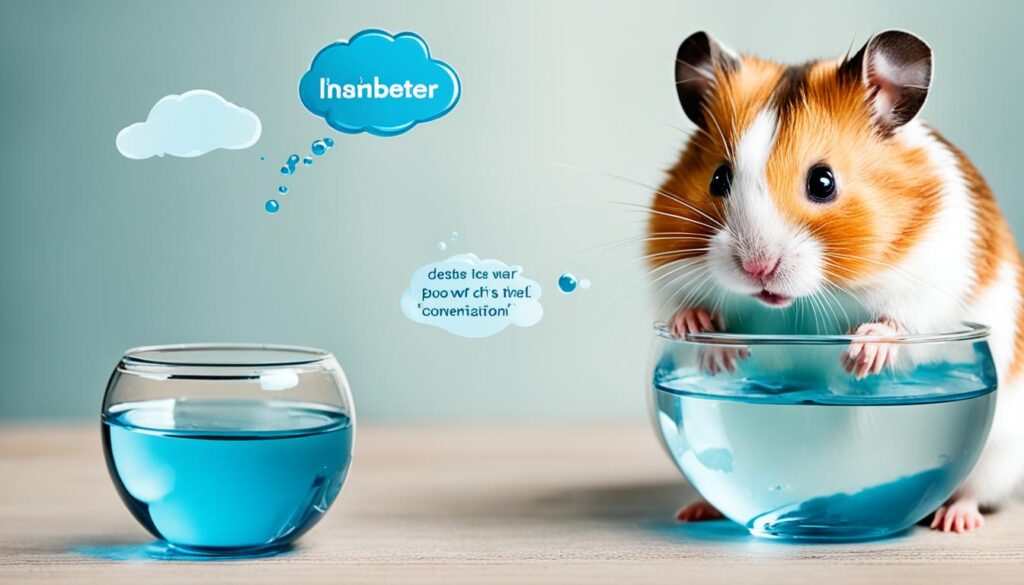
Choosing the Right Water Bowl for Your Hamster
When it comes to providing water for your hamster, choosing the right water bowl is essential for their safety and well-being. Consider the following factors when selecting a water bowl:
- Size: Opt for a small-sized bowl that is appropriate for your hamster’s size. This ensures that they can comfortably reach the water without any difficulty.
- Material: Select a durable bowl made of materials like ceramic or glass. These materials are difficult to tip over and are less likely to break compared to plastic bowls.
- Shallow depth: Ensure that the bowl has a shallow depth to prevent accidental drowning. Hamsters have a small stature and can struggle to climb out of deep bowls.
- No sharp edges: Check that the bowl doesn’t have any sharp edges that could potentially harm your hamster. Smooth edges reduce the risk of injuries while they are drinking.
Here are some popular options for water bowls:
- Glass tea light holders: These small glass bowls are sturdy and often have a shallow design that is perfect for hamsters.
- Small rock bowls for hermit crabs: These bowls are ideal for hamsters as they are heavy and difficult to tip over due to their bottom weight.
- Ceramic bowls designed for small pets: Specifically designed for small pets like hamsters, these bowls are durable and come in various sizes to suit different hamster breeds.
To keep the water bowl cleaner for a longer period, consider placing it in a spot where it is less likely to get dirty, such as on top of a wooden house or a raised platform. This helps prevent bedding and other debris from contaminating the water.
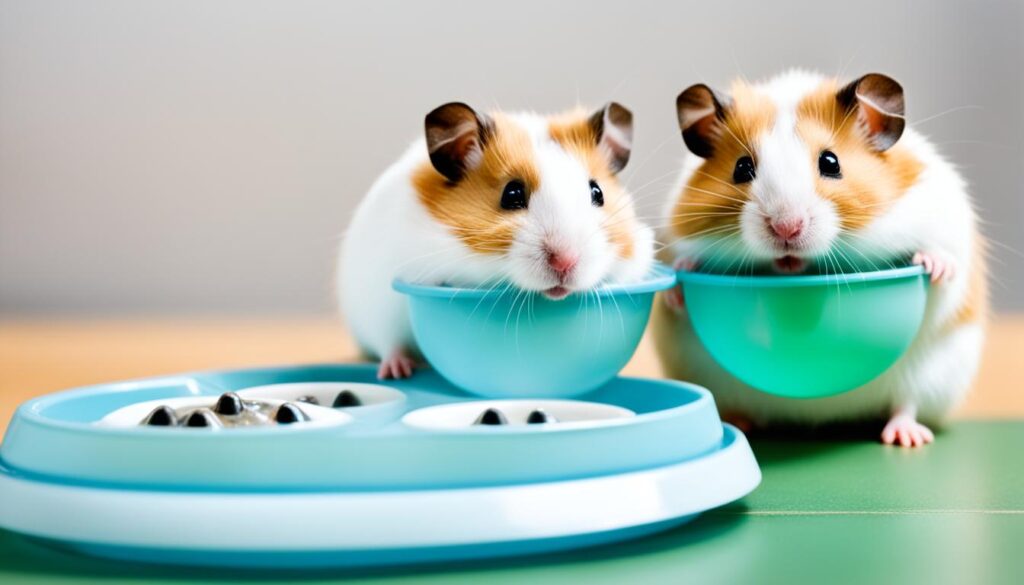
Remember to regularly clean and refill the water bowl to ensure your hamster always has access to fresh and clean water. This helps maintain their hydration and overall health.
Can Hamsters Drink out of Bowls?
Yes, hamsters can safely drink out of bowls. In fact, many hamsters actually prefer bowls over water bottles when given the choice. Bowls provide a more natural drinking experience for hamsters, allowing them to lap up water just like they would in the wild.
When choosing a water bowl for your hamster, it is important to consider their safety and comfort. Opt for a bowl that is shallow and wide enough for your hamster to comfortably access the water. Avoid bowls with sharp edges that could potentially harm your pet.
It is crucial to maintain proper hygiene when using a water bowl for your hamster. The water should be changed daily to ensure freshness and prevent any bacterial growth. If the bowl becomes dirty, it should be cleaned immediately to avoid any contamination. Use warm water and a gentle detergent to clean the bowl, rinsing it thoroughly before refilling with fresh water.
Here are some key points to remember when providing a water bowl for your hamster:
- Choose a shallow and wide bowl for easy access
- Avoid bowls with sharp edges to prevent injuries
- Change the water daily to maintain freshness
- Clean the bowl regularly with warm water and a gentle detergent
By following these guidelines, you can ensure that your hamster can safely drink out of a bowl and enjoy a refreshing and natural drinking experience.
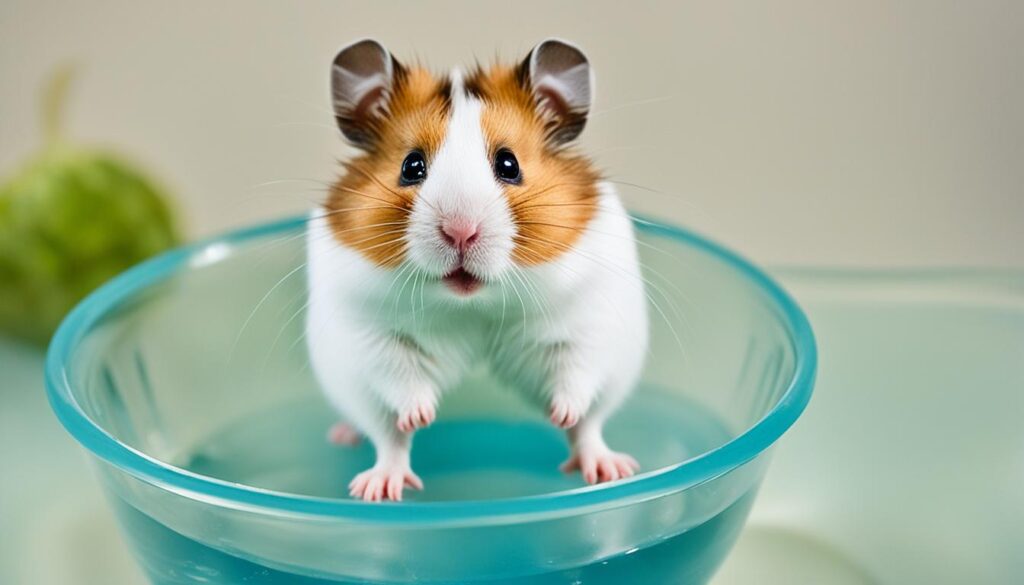
Disclaimer: Always consult with a veterinarian or pet care specialist for personalized advice regarding the care and well-being of your hamster.
Conclusion
In conclusion, both water bottles and bowls can be safe options for providing water to hamsters. The choice between the two depends on the individual hamster’s preferences and the owner’s preference for ease of use and maintenance.
Water bottles offer advantages such as preventing contamination and being difficult to tip over, which can be especially useful for active or curious hamsters. They also allow for an easy way to monitor water intake and ensure a consistent supply. However, water bottles may require regular checking for malfunctions and can sometimes frustrate hamsters due to the slow or obstructed water flow.
On the other hand, water bowls provide a more natural drinking experience for hamsters. They allow hamsters to lap up water as they would in their natural habitat. Water bowls are also easier to clean and refill compared to water bottles. However, water bowls can easily get contaminated with dirt or bedding, leading to more frequent water changes. It’s important to choose a bowl that is the right size, material, and design to prevent tipping and potential injuries.
To determine which option is best for your hamster, it is recommended to offer both a water bottle and a water bowl and observe your hamster’s preference. Regardless of the chosen method, it is crucial to ensure clean and fresh water is always available to keep your hamster hydrated and healthy. Remember to clean the chosen water container regularly to maintain good hygiene for your furry friend.
